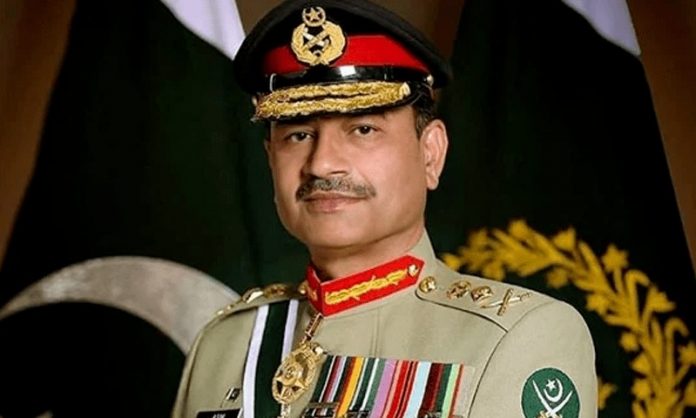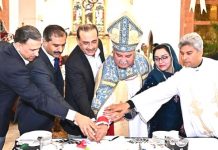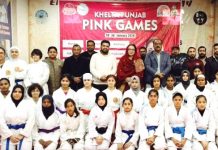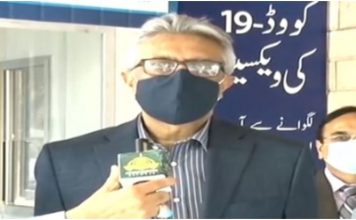Pakistan Defense Day is celebrated on September 6 with great enthusiasm across the country. On September 6, 1965, the Indian army crossed the international border in the dark of night to attack Pakistan, but the fully alert armed forces, with the full support of the nation, crushed the nefarious intentions of the enemy and retaliated to the enemy.
September 6, 1965 was not only a war between Pakistan and India but also a great battle between infidelity and Islam.
Salutations to those martyrs and veterans who defended the country without caring for their lives. The day when the history of courage and bravery was made which will remain bright for the rest of the world, September 6, 1965 is the indelible story of Pakistan’s national and military courage and bravery when the Pakistan Army and the people side by side successfully fought the war to defend the beloved country. fought Such a display of courage, determination, courage, faith and self-sacrifice is unprecedented in history.
The brave men of the three armed forces of Pakistan fought hard to protect the land of Pakistan. And crushed the power, fanaticism and viciousness of the proud enemy.
Defense Day was celebrated with great enthusiasm to pay tribute to the martyrs who sacrificed their lives for the defense of the beloved country and the veterans who did not care about their lives.
It goes, it is the result of the sacrifices of those martyrs that today we are breathing in the free air who sacrificed their blood to keep the lamp of freedom burning. On the night of September 6, 1965, the Indian Army crossed the international border and entered Pakistan without declaring war. The plan of the Indian generals was that on the morning of September 6, Indian tanks would salute the then Prime Minister Lal Bahadur Shastri on the streets of Lahore and in the evening during a cocktail party at the Lahore Gymkhana, they would inform the outside world that the fortress of Islam considered The state has been captured by the infidels, but India’s intentions and plans were undermined when their forces started receiving reports of defeats and retreats on various fronts.
In the history of wars, after the Second World War, the biggest battle of tanks was fought at Chondah in Sialkot, where the Indian army, drunk with power, entered Pakistan with hundreds of tanks. The heavy retaliatory action of Pakistan Army destroyed 45 tanks of the enemy and captured many tanks. Similarly, 5 field guns were captured and many military prisoners were also taken. Seeing the turn of the battle dice, the Indian soldiers lost their senses and left the tanks and started to run away, then the Pakistan Army captured many posts in the enemy’s territory. That is why the place of Chovendah is called “Graveyard of Tanks” for Indian tanks. In Lahore, a company of 150 soldiers of the Pakistan Army held back the 1500 Indian army for 12 hours and provided ample opportunity to our rear army to strengthen the defense. Major Aziz Bhatti was guarding another battle front in Lahore. were At that time, he was posted as a company commander in Barki area of Lahore sector. Major Aziz stood like a lead wall in front of the Indian tanks for 5 consecutive days and finally on September 12, 1965, he was hit by an Indian tank bullet on his chest and died. Indian Army carried out 13 attacks in 17 days. Their army was many times stronger in terms of numbers and war equipment, while the Pakistani army was much less than India in terms of numbers and preparation, but the Pakistani soldiers stopped the enemy from entering Lahore for 17 consecutive days by playing with their lives. kept and destroyed their evil ambitions. The achievements of some of these brave descendants of the country are such eternal stories that they will be remembered as eternal examples of courage and bravery for the rest of the world. To pay homage to the sacrifices of such brave martyrs, he was awarded the country’s highest military honor “Nishan Haider”.
Nishan-e-Haider is the highest military honor of Pakistan. This honor is named after the figure of courage and bravery, Haider Ali Hazrat Ali (A.S). This mark is awarded only to those military men who have sacrificed their lives for the sake of their country. Among them, Major Tufail received the Nishan Haider after being martyred at the age of 44, the rest of the martyrs who received the Nishan Haider were less than 40 years old. The youngest recipient of the Nishan Haider was Rashid Minhas who received the Nishan Haider on martyrdom at the age of 20 years and 6 months. Nishan Haider is made from the metal of weapons taken from enemy forces during wars. The achievements of the brave descendants who have received Nishan Haider so far are briefly as follows. Raja Muhammad Sarwar was born on November 10, 1910 in Mauza Sanguri Tehsil Gujar Khan District Rawalpindi. He joined the Baloch Regiment as a soldier in 1929 and was promoted to the rank of Captain in the Royal Indian Army on 1 February 1947. At the time of partition of India, Pakistan Army was given priority and came to Pakistan.
When he reached the battle front against the enemy in July 1948, a hill at Uri was in the possession of the enemy. Due to the height, the enemy could inflict maximum damage on the Pakistan Army, so capturing this peak was no less than a challenge. Mohammad Sarwar Shaheed took up the burden of this deadly task and on the night of 27th July 1948, he moved towards the target with his men. Shells and bullets were being fired from different directions and a handful of soldiers under the leadership of Muhammad Sarwar Shaheed moved towards the enemy fronts with shrouds on their heads. Meanwhile, many youths embraced death. In such a situation, a bullet went out tearing the right arm of Mohammad Sarwar. He continued to advance under the hail of bullets, bleeding from his wounds. Finally, he reached the front from where the bullets were being fired. They started cutting the fence. The last wire was about to be cut when the enemy’s firing pierced the chest of Mohammad Sarwar Shaheed.
Major Tufail Muhammad was born in Hoshiarpur in 1914. He joined the Punjab Regiment in 1943 and was promoted to Company Commander in the East Pakistan Rifles in 1958, when the situation in East Pakistan was spiraling out of control. Major Tufail was assigned the mission of action against the Indian forces in Lakshmi pur. On August 7, 1958, he wiped out the Indian fronts from the area while creating history of courage and bravery. Major Tufail Muhammad was also martyred in this Dobdo battle, he was awarded Nishan Haider, the highest military honor of Pakistan.
When the enemy attacked Lahore, at that time Major Aziz Bhatti was posted as a company commander in Barki area of Lahore sector. Major Aziz stood like a leaden wall in front of the Indian tanks for several days, on 12 September 1965 he was hit by a tank bullet on his chest and drank the cup of martyrdom.
Major Muhammad Akram was born on April 4, 1938 in Dinga district of Gujarat and took charge as a commissioned officer in the Frontier Force Regiment in 1963. When the war of 1965 started, Major Akram was responsible for the security of the city of Lahore as a captain. He carried out successful operations against the Indian army with a few soldiers and stopped the enemy from advancing. He was promoted to the rank of Major in 1969. On the front, Major Muhammad Akram, in command of his frontier force, stopped the advance of the Indian army and made a mistake in the enemy’s way. Major Akram’s courage and bravery on the Hilli front gave such a color that even the enemy could not remain without applauding. He was martyred on December 5, 1971. In recognition of this splendid resistance against the enemy, he was awarded the highest military award Nishan Haider.
Pakistan Air Force veteran pilot Rashid Minhas was born on February 17, 1951 in Karachi. In March 1971, Rashid Minhas joined the Pakistan Air Force as a commissioned GD pilot and was promoted to the rank of Pilot Officer on August 1971. On August 20, 1971, he was leaving for his first solo flight when suddenly his instructor Mutiur Rehman stopped the plane on the runway and boarded it and turned the plane towards the enemy country, India. He was a spy planted by the Indian Army and wanted to land the plane in an enemy country. Rashid Minhas, acting with timely mind and bravery, turned the plane towards the ground. Rashid Minhas was martyred by destroying the enemy’s ambitions due to the shipwreck. You were awarded the Nishan Haider as a mark of bravery.
Major Shabbir Shaheed was the nephew of Major Aziz Bhatti Shaheed. He was born on April 28, 1943 in Kanjah area of Gujarat. He joined the army in April 1964. On the occasion of the 1971 war, you were posted as a company commander of Frontier Force Regiment on the front of Sulaimanki. During this time, he caused heavy damage to enemy soldiers and tanks and sacrificed his life for the nation on 6 December 1971. At the time of martyrdom, he was only 28 years old. In recognition of his courage and bravery, the government awarded him the highest Awarded the highest military honor Nishan Haider. Jawan Sawar Muhammad Hussain Shaheed was born on June 18, 1948 in Dhok Pir Bakhsh. He received his primary education at home and gave his matriculation examination from Devi High School but failed in one subject. Meanwhile, the war of 1965 broke out and he joined the Pakistan Army in defiance of the general recruitment announcement. He carried out every task of the unit with aplomb. Sawar Muhammad Hussain Shaheed on December 5, 1971, on the front of Zafarwal (Shakargarh), regardless of the enemy’s shelling, kept delivering ammunition to his comrades in the trench and went to the anti-tank guns and pointed out the enemy’s positions. With this heroic action of yours, the most advanced tanks of the enemy were destroyed in large numbers. On December 10, 1971, Sawar Muhammad Hussain became a target of enemy machine gun fire and was martyred.Sawar Muhammad Hussain Shaheed has the honor of being the first soldier to receive Nishan Haider, the highest honor of Pakistan Army.
Lance Naik Mohammad Mahfouz Shaheed was born on 25 October 1944 in Pind Malkan (Mafouzabad), a village in Rawalpindi district. You joined Pakistan Army on 25 October 1962. During the war of 1971, Muhammad Mahfouz was posted in the Attari sector of Wagah. On the night of December 16, when the ceasefire was declared, some areas of Mil Kunjari were taken over by Pakistan. After the declaration of ceasefire, Pakistani forces did not expect any attack. Taking advantage of the opportunity, the enemy launched a full-scale attack on the night of December 17 and 18 to liberate the occupied territory. In the Pakistani army, Lance Naik Mohammad Mahfouz’s platoon No. 3 was at the forefront as the vanguard, so it had to face automatic weapons. Lance Naik Mohammad Mahfouz was fighting very bravely, at one stage when his machine gun was destroyed, he rolled up and picked up the machine gun of a martyred comrade and started attacking the enemy. Meanwhile, a bullet hit his machine gun and the machine gun missed his hand. Nahte Shaheen grabbed an Indian soldier by the throat, he was about to strangle him and send him to hell when another Indian soldier hit him with a bayonet and killed him. Lance Naik Mohammad Mahfouz was awarded Nishan Haider, the country’s highest military award, in recognition of his bravery.
Kargil hero Colonel Sher Khan Shaheed was born on January 1, 1970 in the village of Nawan Kali in Swabi, he joined the Pakistan Army in 1994. Colonel Sher Khan Shaheed established 5 security checkpoints at Gultri located at an altitude of 17 thousand kilometers during the Kargil battle. With the help of these outposts it was easy to keep an eye on every move of the enemy, the Indian army attacked these outposts many times with the intention of capturing them but every time Colonel Sher Khan along with his colleagues failed every attack of the enemy. Disturbed, the enemy attacked the outposts with full force and two battalions of troops. There were only 21 brave soldiers with Colonel Sher Khan, so instead of surrendering, they bravely fought the enemy and killed many Indian soldiers. Colonel Sher Khan not only forced the enemy to run back but reached their base camp and was martyred while fighting. Your bravery was also acknowledged by the Indian Army. The government of Pakistan awarded him Nishan Haider, the highest military award, in recognition of his bravery.
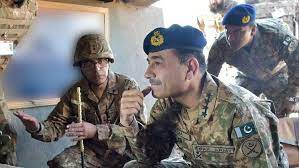
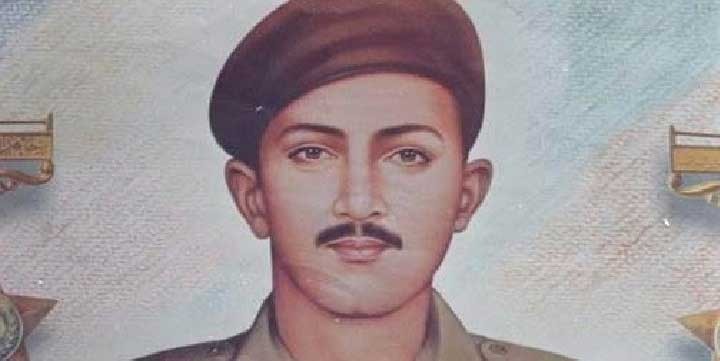
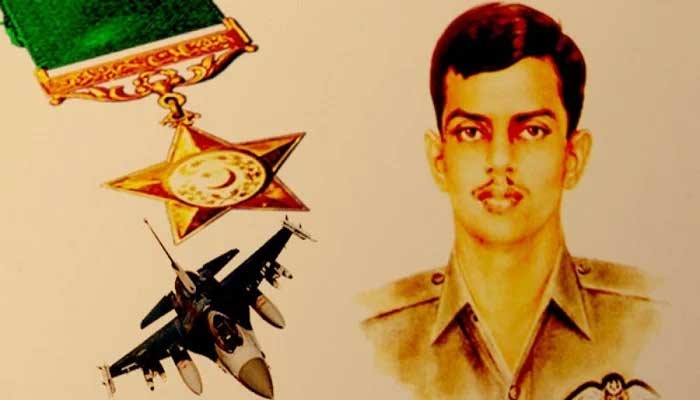
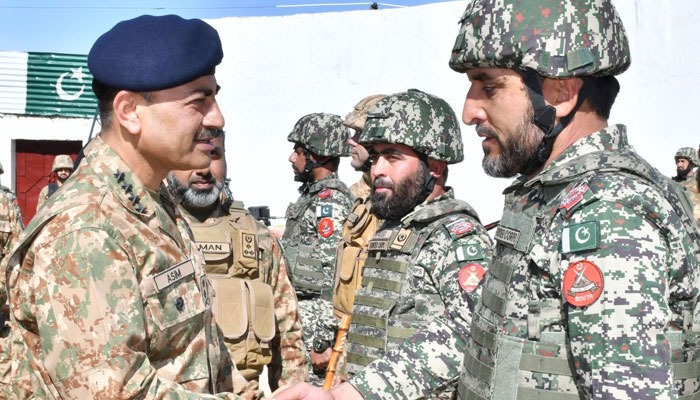
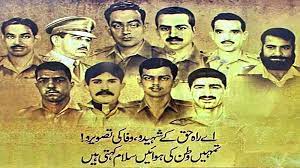
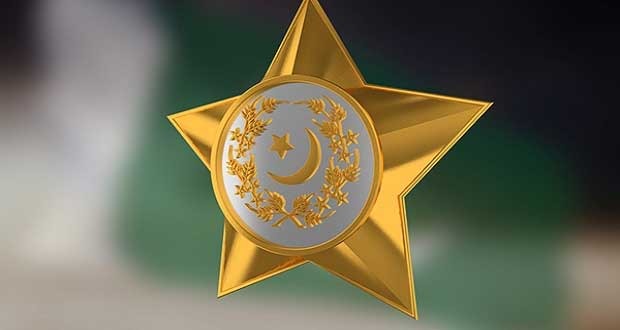
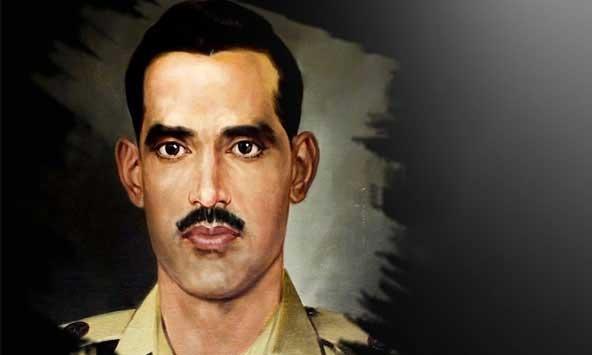
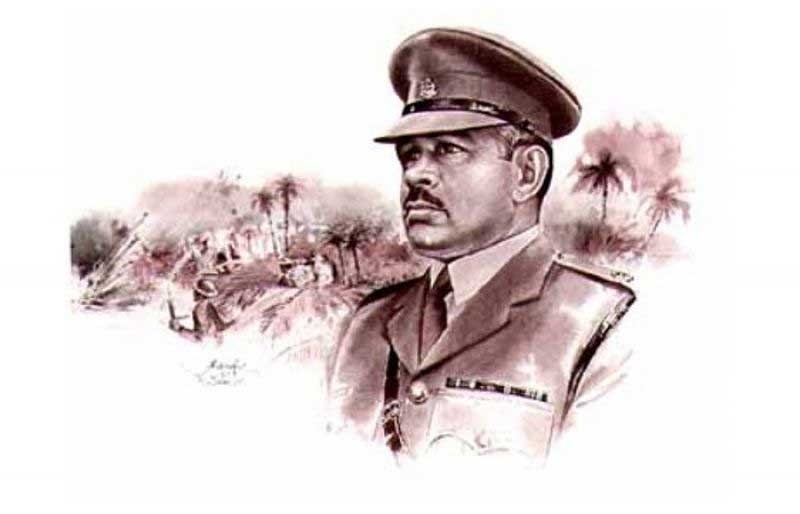
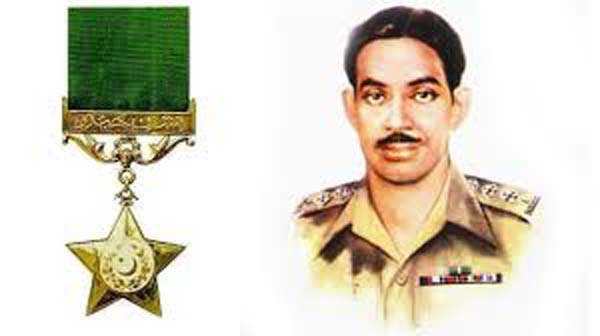
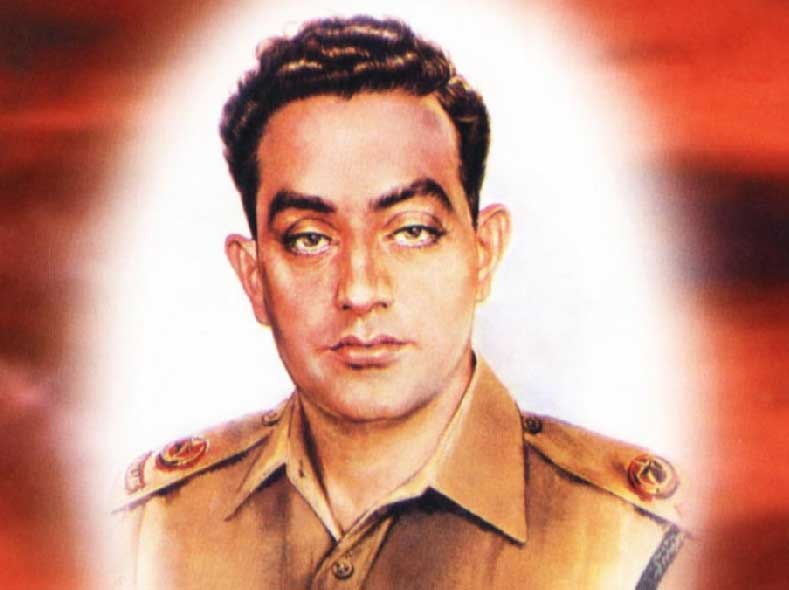
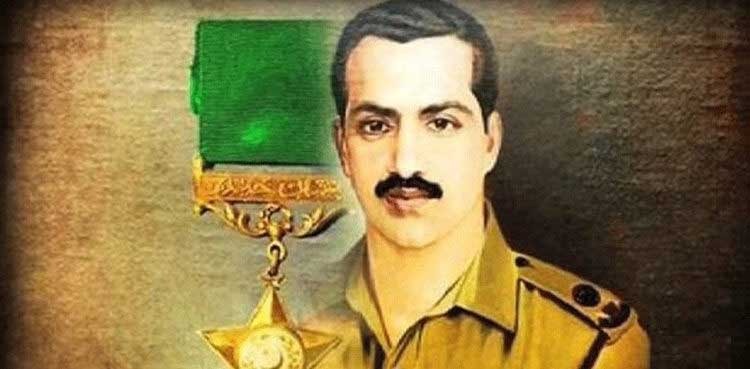
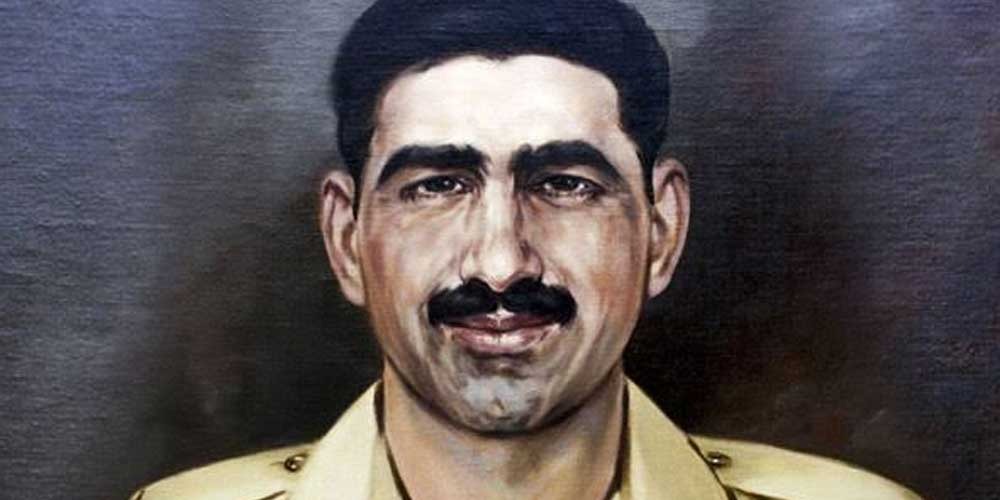
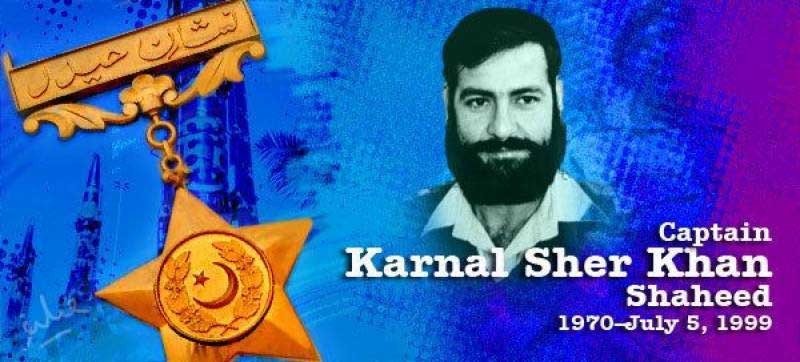
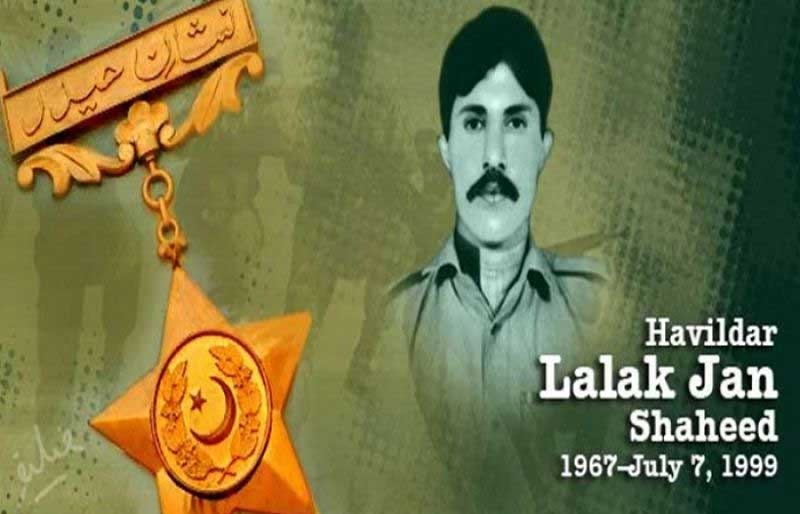
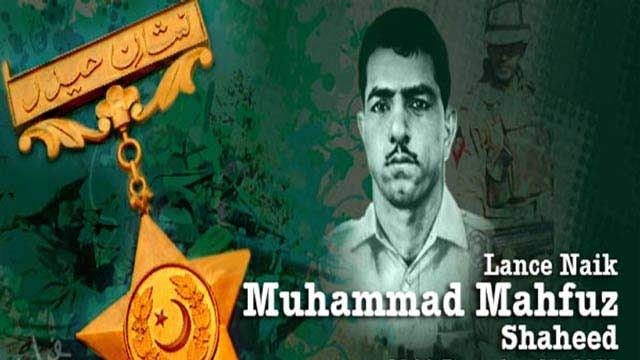
A constant struggle was necessary to retain the post at Tiger Hill which Captain Colonel Sher Khan had won before his martyrdom. Havaldar Lalak John was a fearless and brave soldier of the infantry. The enemy wanted to get this post at any cost, so Lalak Jan’s post was attacked twice, but he was defeated by this brave hero and after failing in 2 continuous night attacks, the enemy retreated leaving a pile of dead bodies. It kept happening. However, the enemy’s artillery opened heavy fire at the post of Havaldar Lalak Jan. In which Havaldar Lalik was seriously injured and martyred. In recognition of his courage and bravery, the Government of Pakistan awarded Nishan Haider.
Saifullah Janjua was born in Nikila in 1922. He joined the army at the age of 18 in 1940 before partition. Got on the post. He was awarded “Hilal-e-Kashmir” which is equivalent to Pakistan’s Nishan Haider. He was 26 years and 6 months old at the time of martyrdom.


